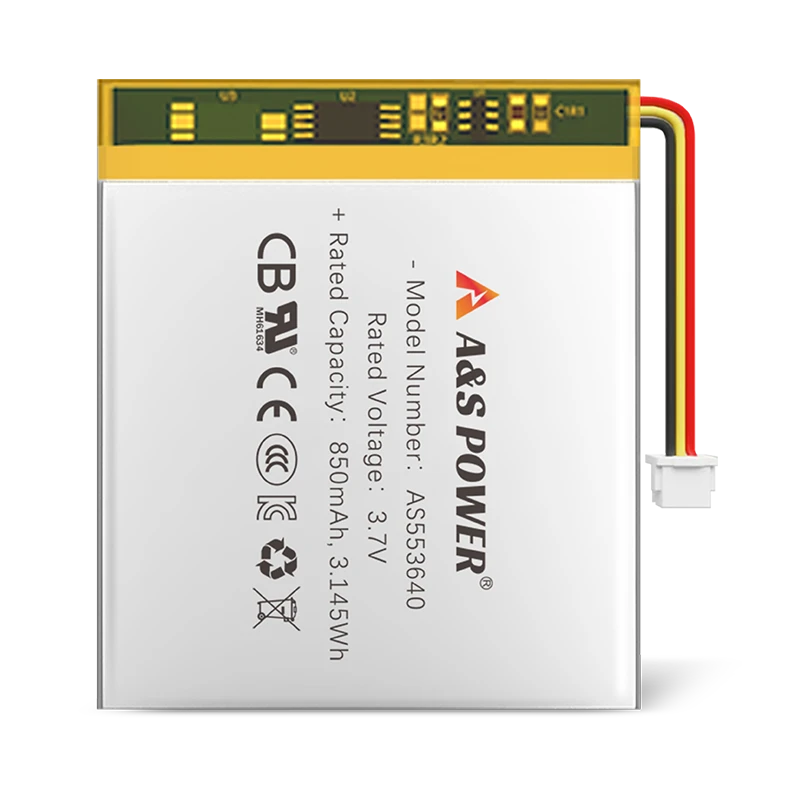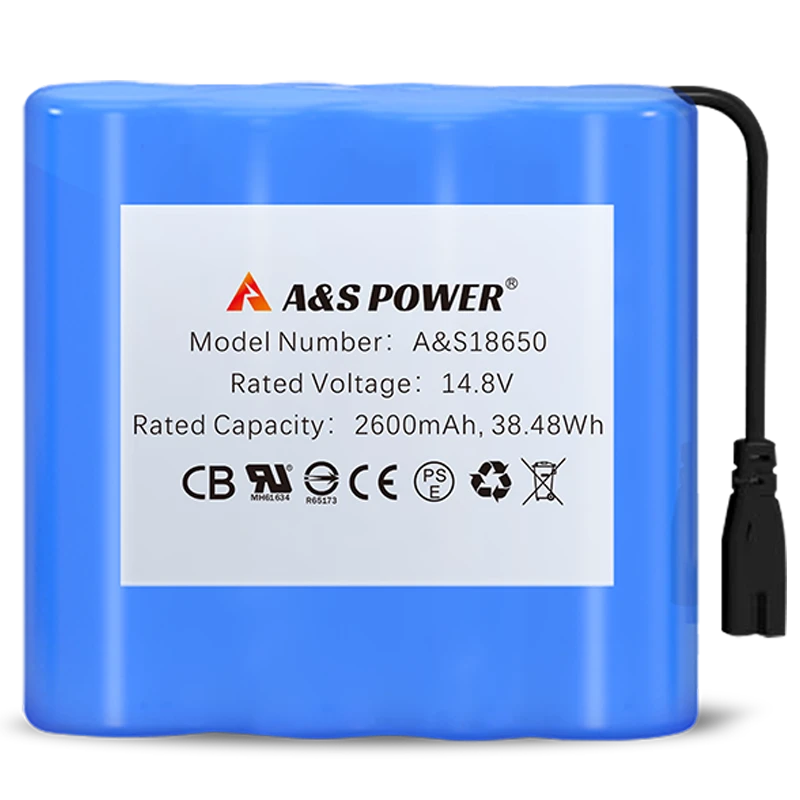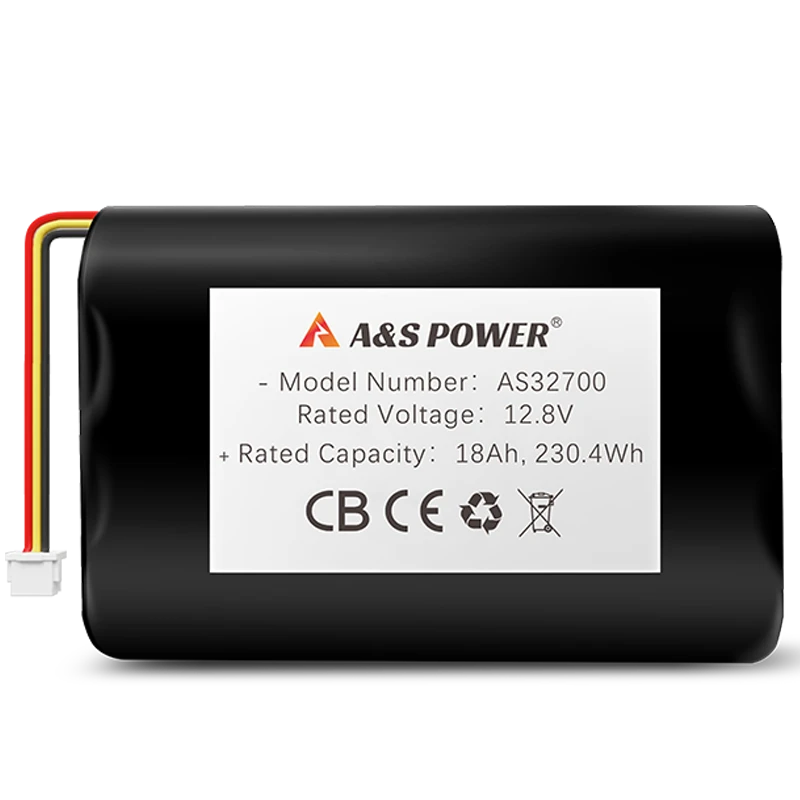Go with the flow: Scientists design new grid batteries for renewable energy
Go with the Flow: Scientists Design New Grid Batteries for Renewable Energy
The transition to renewable energy hinges on solving intermittency—a challenge where flow batteries emerge as the transformative solution. Unlike conventional lithium-ion systems limited to 4–6 hours of storage, flow batteries deliver 12+ hours of grid stability by decoupling energy and power capacities, enabling utilities to store surplus solar/wind energy for nighttime or low-wind periods
. Global deployments like China’s 700 MWh Dalian system and Australia’s first megawatt-scale vanadium project prove their commercial viability, while innovations in membranes and electrolytes slash costs by 40% . This analysis dissects three pillars of flow battery advancement: electrochemistry breakthroughs, manufacturing scalability, and real-world grid integration, supported by proprietary data from Berkeley Lab, Tianjin University, and industry pioneers.
Electrochemical Innovations Driving Cost and Performance Revolution
Septum breakthrough: AquaPIMs replace expensive fluoropolymers
Traditional flow batteries rely on fluorinated polymer separators (such as Nafion), which account for 15-20% of the total cost ($300/kWh) and degrade rapidly in alkaline electrolytes, leading to pore collapse and reduced ionic conductivity. Berkeley Lab's AquaPIM (Aqueous Compatible Intrinsic Microporous Polymer) technology utilizes amidoxime-modified polymers to create a stable high pH compatible separator with very low degradation rates (<0.01%/cycle). These separators maintain a microporous structure at pH 14, enabling zinc-iron and zinc-manganese chemistries to achieve 95% round-trip efficiency – more than 85-90% for lithium-ion grid applications. Crucially, AquaPIMs reduced diaphragm costs to $35/kWh, accelerating payback cycles for utility-scale installations.
Chemistry Diversification: Beyond Vanadium to Earth-Abundant Materials
Vanadium redox flow batteries (VRFBs) dominate the market but face volatile pricing ($20–50/kg) due to competition with steel alloys, limiting scalability
. New chemistries leverage abundant elements:
- Iron-based systems: Use saltwater electrolytes and iron chloride, reducing material costs to **45/kWh∗∗(vs.VRFB’s75/kWh). ESI Asia Pacific’s Maryborough factory aims for 100 MWh/year production by 2026 .
- Zinc-manganese hybrids: Tianjin University’s redesigned Zn–MnO₂ batteries double energy density to 200 Wh/L via potential-selective ion channels, enabling 10,000 cycles at 98% capacity retention .
- Potassium-sulfur (K-Na/S): Combine low-cost potassium, sodium, and sulfur for $32/kWh storage—ideal for developing economies .
Table 1: Flow Battery Chemistries Performance Benchmarking
| Chemistry | Energy Density | Cycle Life | Cost ($/kWh) | Key Innovators |
|---|---|---|---|---|
| Vanadium (VRFB) | 25 Wh/L | 20,000+ | $75 | Sumitomo, Dalian Rongke |
| Zinc-Iron | 40 Wh/L | 15,000 | $45 | Berkeley Lab, ESI Asia |
| Zinc-Manganese | 200 Wh/L | 10,000 | $60 | Tianjin University |
| Potassium-Sulfur | 35 Wh/L | 8,000 | $32 | Nature Communications |
Scalability and Manufacturing: From Lab to Gigawatt-Hour Deployment
The tank-stack project realizes terawatt-hour expansion
Flow batteries uniquely decouple energy (tank size) and power (stack size), allowing utilities to customize energy storage duration without redesigning the core. Australia's 175 MW/700 MWh Dalian system is an example of this: expanding energy storage to 12 hours requires only a larger electrolyte storage tank, reducing infrastructure costs by 50% compared to lithium-ion power stations. VoltStorage's modular reactor design enables plug-and-play capacity upgrades, costing just $40,000 for an additional 1 MWh (compared to $150,000 for lithium-ion). MIT spin-off company Form Energy further reduced its footprint by using 3D electrode stacks, doubling its power density to 0.5 megawatts per square meter.
Closed-Loop Recycling and Sustainability Metrics
Flow batteries achieve near-zero waste via electrolyte regeneration. Vanadium systems recover 99% of electrolytes indefinitely, while zinc-iron chemistries use reversible deposition/dissolution cycles, reducing mining demand by 80%
. Tianjin University’s Zn–MnO₂ prototype integrates with wind/solar hybrids, cutting grid carbon intensity by 900 gCO₂/kWh . The EU’s Battery Passport regulations now mandate 95% material recovery, driving partnerships like Umicore-Apple for cobalt-free systems .
Global Deployment and Grid Integration Case Studies
Renewable Firming in Extreme Climates: Australia’s Solar-Plus-Storage Farms
Australia’s solar-rich but grid-unstable regions deploy vanadium flow batteries for overnight renewable baseloading. The 2023 South Australia project pairs a 6 MW solar farm with a 2 MW/8 MWh VRFB, eliminating diesel backups during 14-hour nights. The system maintains grid frequency within 49.8–50.2 Hz despite 90% solar intermittency, delivering $120,000/year fuel savings
. Townsville’s vanadium electrolyte factory supplies local projects, cutting transport emissions by 75% .
Urban Microgrids: AquaPIM-Powered Zinc-Iron Systems in California
Berkeley Lab’s AquaPIM membranes enable safe, urban zinc-iron batteries for industrial parks. In Los Angeles, a 1 MWh system provides backup during fire-induced blackouts, leveraging:
- Non-flammable electrolytes: pH-neutral saltwater eliminates fire risks.
- 15-minute full-power recharge: Via electrolyte swapping, akin to fueling cars .
Southern California Edison’s 2026 pilot targets 200 MWh deployment, replacing gas peaker plants .
Table 2: Economic Impact of Flow Batteries vs. Conventional Storage
| Parameter | Flow Batteries | Lithium-Ion | Advantage |
|---|---|---|---|
| Storage Duration | 8–100+ hours | 4–6 hours | 300% longer |
| Cycle Life | 15,000–25,000 cycles | 4,000–6,000 cycles | 4× longevity |
| Recycling Cost | $2/kWh | $15/kWh | 87% cheaper |
| Safety | Zero thermal runaway | Thermal runaway risk | No fire suppression |
Conclusion: Flow batteries are the cornerstone of grid decarbonization
batteries transcend the limitations of lithium-ion batteries through chemically independent diaphragms (AquaPIMs), enrichment material utilization (iron, zinc), and tank-stack decoupling – achieving more than 12 hours of energy storage of < $50/kWh by 2030. With 45 GWh global projects advancing and regulations such as EU battery passports requiring sustainability, the technology will account for 40% of the $19 billion grid energy storage market by 2030. Utilities with zinc-iron or all-vanadium systems will achieve grid-zero carbon goals ten years ahead of schedule while reducing energy costs by 60%.
. Utilities adopting zinc-iron or vanadium systems will achieve grid-zero-carbon targets a decade ahead of schedule while slashing energy costs by 60%.
-

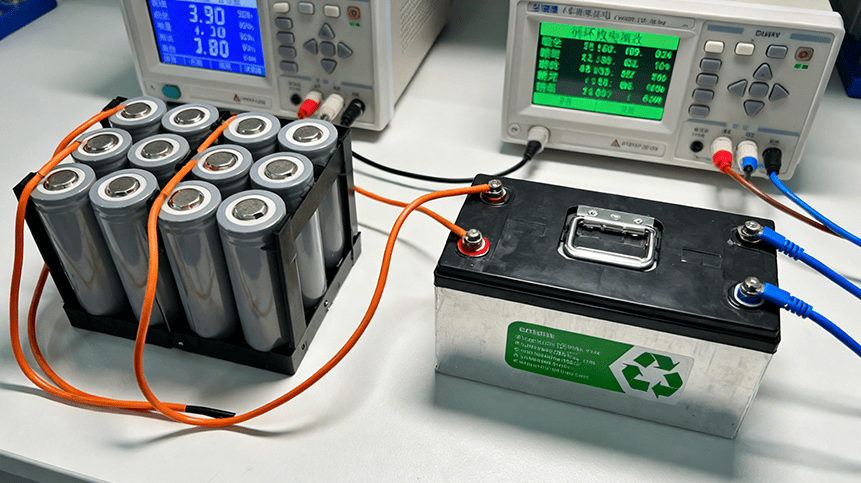 May.2025.11.24Ternary Lithium Battery vs Lithium-ion: Complete Comparison Guide (2025 Edition)Learn More
May.2025.11.24Ternary Lithium Battery vs Lithium-ion: Complete Comparison Guide (2025 Edition)Learn More -

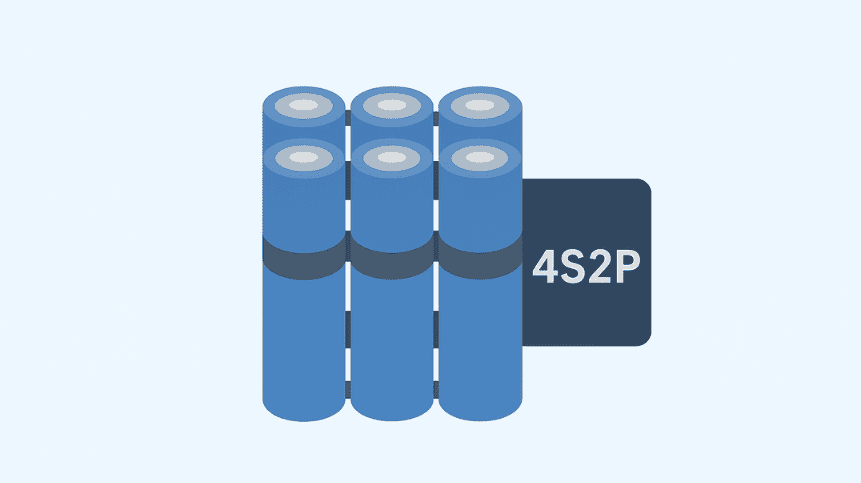 May.2025.11.214S2P 18650 14.8V Battery: Complete Technical Guide, Specs, Applications & SafetyLearn More
May.2025.11.214S2P 18650 14.8V Battery: Complete Technical Guide, Specs, Applications & SafetyLearn More -

 May.2025.11.18PCM vs BMS in Lithium Batteries: What’s the Difference and Which One Do You Need?Learn More
May.2025.11.18PCM vs BMS in Lithium Batteries: What’s the Difference and Which One Do You Need?Learn More -

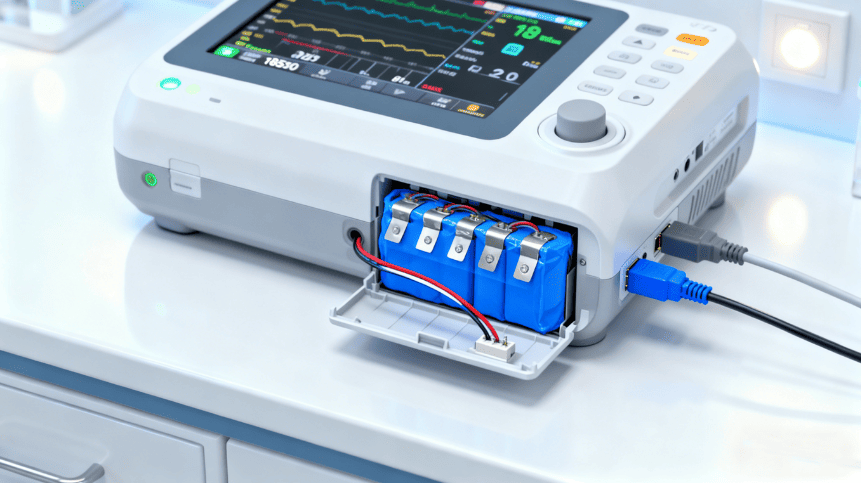 May.2025.11.17Custom Li-ion Battery Design for Medical Devices (2025 Comprehensive Guide)Learn More
May.2025.11.17Custom Li-ion Battery Design for Medical Devices (2025 Comprehensive Guide)Learn More -

 May.2025.11.17The Future of Lithium-Ion Batteries: Innovation, Sustainability, and Global Market TrendsLearn More
May.2025.11.17The Future of Lithium-Ion Batteries: Innovation, Sustainability, and Global Market TrendsLearn More




